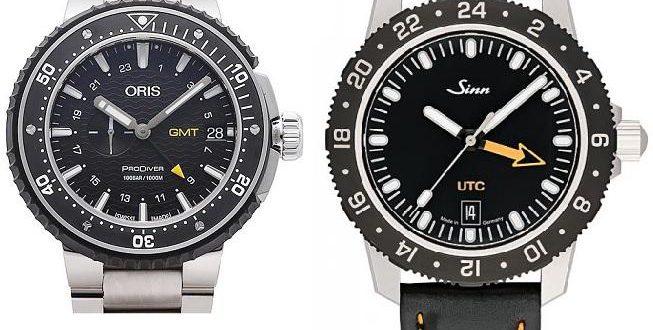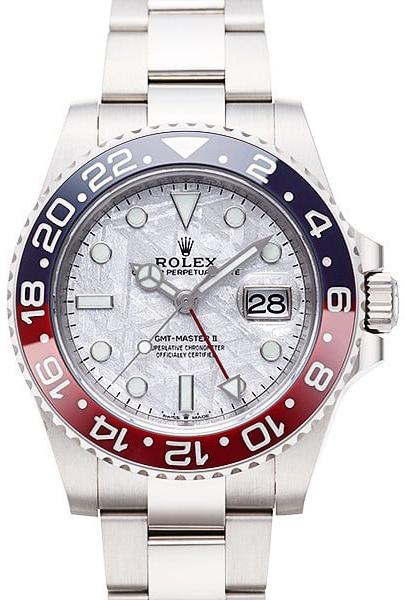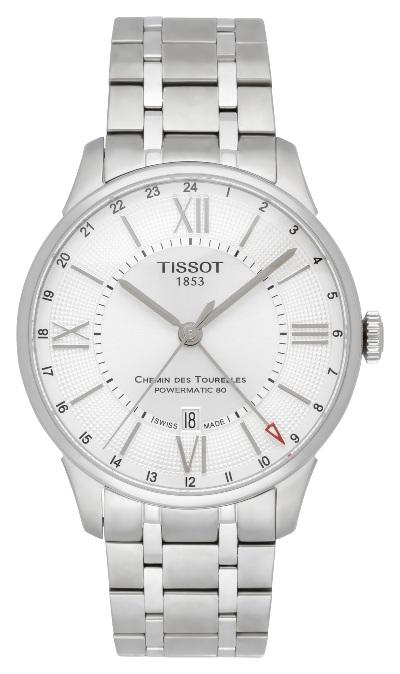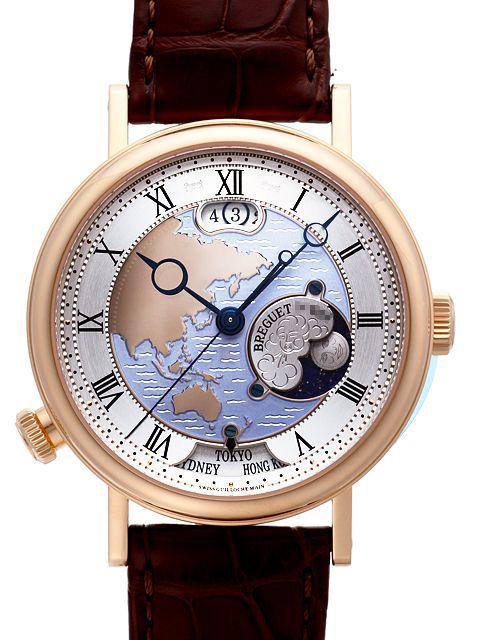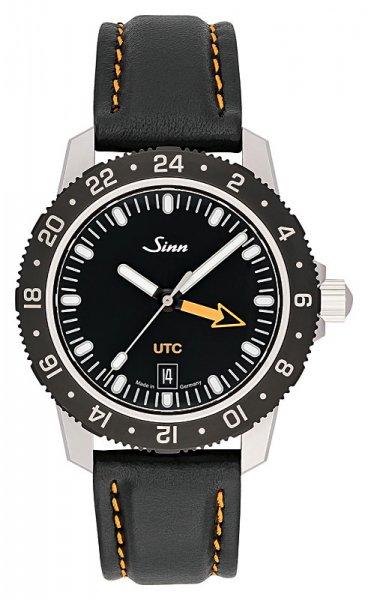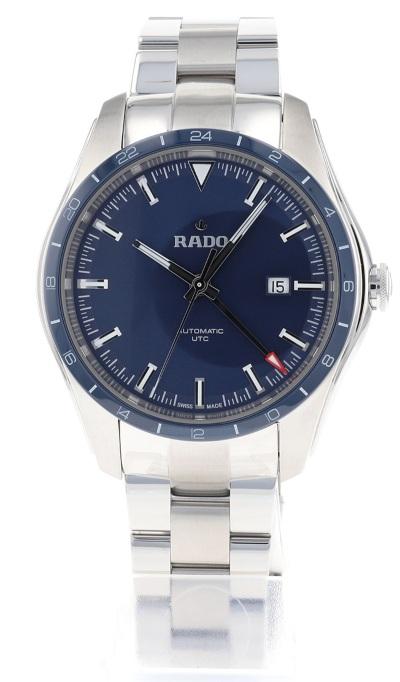« What is the coordinated universal time? »
Two standards, great confusion: Many watch manufacturers, such as Rolex, use the designation GMT for their models with two time zones. Other manufactures, such as Rado or Sinn, call the same complication UTC. We explain the similarities and differences between the two designations and why the differentiation is crucial in many applications.
Greenwich Mean Time: Historical reference value
If you are looking for a difference between UTC and GMT, you will notice it when comparing the time: Both clocks permanently show the same time. GMT” stands for “Greenwich Mean Time” and refers to the time zone running through the prime meridian in London. We get it by subtracting one hour from our Central European Time (CET). Nowadays, Greenwich Mean Time has the status of an ordinary time zone and does not enjoy any special status compared to the 37 other time zones currently used on the globe. This was not always the case: before the introduction of UTC on January 1, 1972, Greenwich Mean Time served as an international reference time and was used as a standard in science, aviation and various other fields. The existence of such a reference time is indispensable: Uniform time information is essential not only in meteorology, but also for Internet-based applications, in space and even in Antarctica.
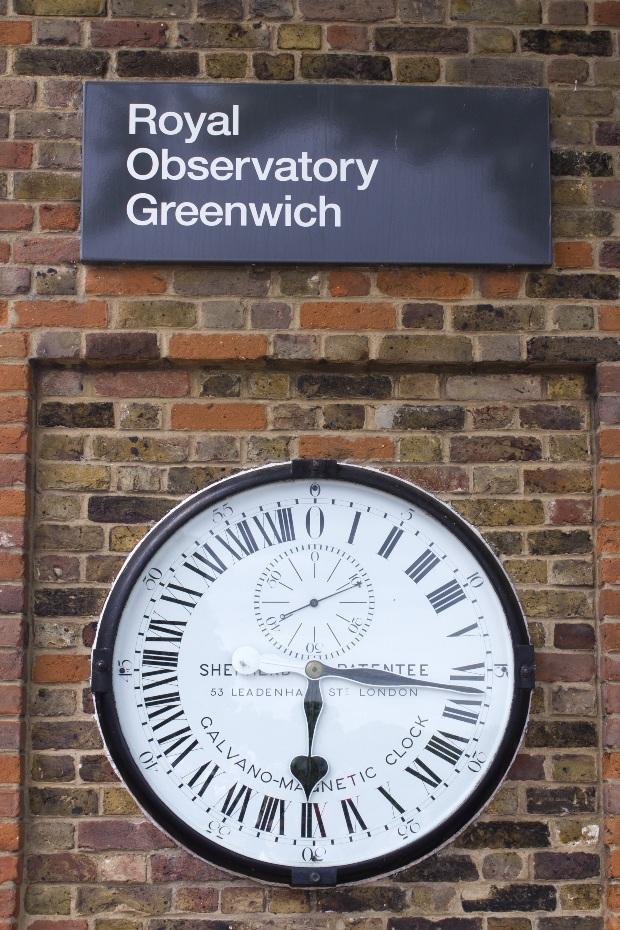
Lack of precision due to solar time calculation
A look at these application areas already suggests that maximum precision is of enormous importance when using a global standard time. However, this absolute accuracy cannot be achieved with the help of Greenwich Mean Time because it is based by definition on the mean solar time in Greenwich and thus depends on the rotation of the earth. The latter slows down over the years, which distorts the accuracy of the time. Much more precise is atomic time. After the world’s first atomic clock is constructed in 1949 and enormous increases in accuracy are achieved in the course of the 1950s, the official definition of a second based on atomic time follows in 1967. This lays the foundations for establishing an international time standard with perfect precision. Especially in the context of the Internet, science and space travel, even the smallest deviations can be disastrous.
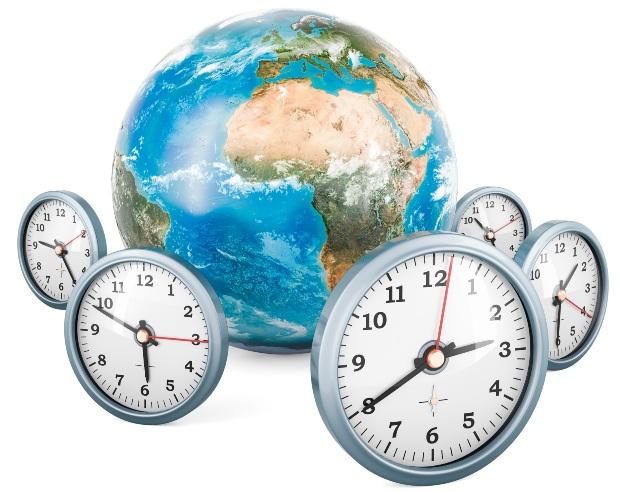
UTC: Universal Time Coordinated with Atomic Precision
Since 1972, the Universal Time Coordinated (UTC) is the time standard which fulfills exactly this precision. Calculated by the International Bureau of Weights and Measures (BIPM) near Paris, its seconds cycle runs evenly with the SI seconds of International Atomic Time. Thus, between UTC and GMT, we can note the difference that Greenwich Mean Time is a time zone, while Coordinated Universal Time denotes a standard from which all time zones are derived. Coordinated Universal Time itself is not a time zone! By definition, Greenwich Mean Time corresponds to the “starting point” of Coordinated Universal Time, which is why both quantities look identical on two clocks placed side by side.
This does not mean that both quantities are exactly the same. Since London time is calculated using the Earth’s rotation and coordinated world time is calculated using the atomic clock, there is a small difference in the range of milliseconds. However, the difference is always less than 0.9 seconds because leap seconds are inserted into coordinated world time to compensate for the slowing rotation of the earth. This is done on an irregular basis; the last leap second was added on December 31, 2016. With the addition of this second, the last minute of the month lasts 61 seconds instead of 60, ensuring that our clocks do not permanently tick too fast.
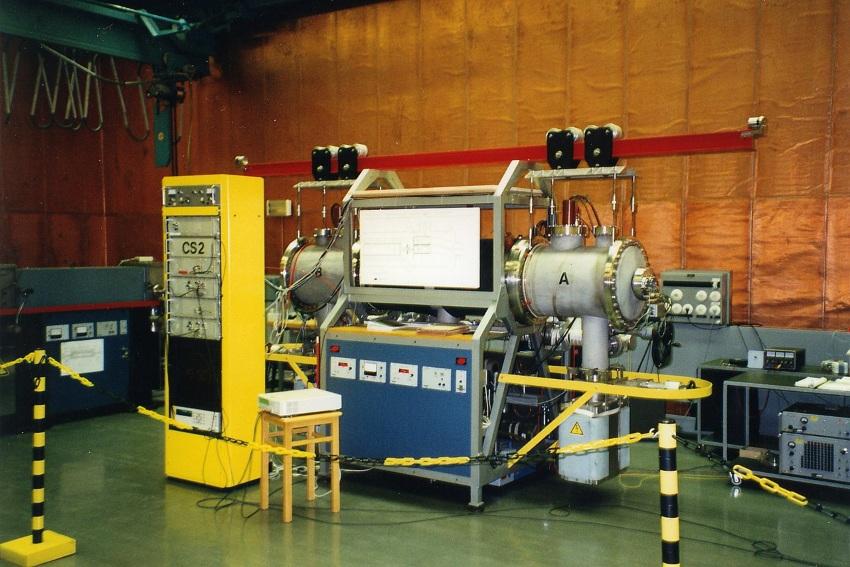
By the way: The fact that there is a difference between UTC and GMT is underlined with the unique notation of the coordinated world time. In the IT sector, for example, you may have already encountered the three letters of Universal Time Coordinated. A complete specification provides not only the time but also the date and year. Example: You want to specify April 10, 2023, 12:15 p.m. and 30 seconds:
Basic format: 20230410T121530
Extended format: 2023-04-10T12:15:30
UTC and GMT: difference in the watch industry
In ordinary everyday use, there is no difference between UTC and Greenwich Mean Time that would be relevant for watch enthusiasts. Regardless of whether manufacturers talk about GMT watches or use the designation of Coordinated Universal Time, in both cases we’re talking about a time indicator that represents a second time zone in addition to its ordinary time. For many enthusiasts a nice gimmick, but for travelers and especially pilots a useful tool in everyday life. For example, those who switch between zones on a daily basis can adjust the main time and permanently set the second hour hand to home time. In addition, rotatable 24-hour rings allow lightning-fast programming of additional time zones.
Although “Universal Time Coordinated” would be a more contemporary and modern term for this complication, most manufactures still refer to GMT watches. The term is simply more familiar to most people, as evidenced first and foremost by the highly sought-after Rolex GMT-Master II. In all price ranges, from Tissot and Hamilton to the Breguet Classique collection, manufacturers use the old reference time designation. There is often a tendency for more traditional models to be called GMT watches, while the focus on technical innovation, progress and modernity is reinforced with the abbreviation of Coordinated Universal Time.
Second time zone: top watch models with UTC designation
Predestined for such a focus is the Frankfurt-based premium brand Sinn, which sets itself apart from the bulk of watch manufacturers with unique selling points such as Ar-Dehumidifying Technology and HYDRO Technology. Those with a penchant for two time zones should set their sights on the Sinn 105 St Sa UTC (Ref. 105.020): Winner of the Red Dot Product Design Award 2021, it highlights its second time zone with a bright orange hand. The additional hour display runs on a 24-hour basis, as the inscription on the bezel reveals. As a captive rotating bezel with a black hard coating, it scores with first-class robustness, which continues with the bead-blasted stainless steel case (41 millimeters). The legibility of the Sinn 105 St Sa UTC is unbeatable, and the water resistance of 200 meters is on a good Diver level.
Rado is also one of the most innovative manufacturers: above all, its ceramic expertise gives the traditional Swiss brand a high reputation and sets its model range apart from the masses. The best proof is provided by the Rado HyperChrome Classic Automatic UTC (Ref. R32050203): Limited to 999 pieces worldwide, it integrates its additional hour hand in a particularly elegant way and, at a powerful 44 millimeters in diameter, delivers a proud overall package at a good price-performance ratio.
In addition to the 80-hour power reserve of the automatic movement, sapphire crystal, 100-meter water resistance and, most importantly, the use of in-house plasma high-tech ceramics make the Rado HyperChrome Classic Automatic UTC a strong overall performer.
 Uhrinstinkt Magazine
Uhrinstinkt Magazine
